If you want to buy a rainwater tank pump, the information below is what you need to look for when buying a pump for your rainwater tank.
Now that your rainwater tank/s are full of water, you need to get that water pumping around your house and / or garden.
What are you using the rainwater tank pump for?
Pump to water your garden only
You may only need a 1” inch Transfer Pump for a small garden with 2-3 taps or a larger pump for 7-12 taps.
Pump for your house water supply
You will need a pump suitable for drinking water with enough flow to supply as many taps as you would have open at one time.
Depending on the flow (amount of taps that you want to open at a time) will determine the size of the pump.
On this website I have included a tap rating, as well as the flow it produces. I have also added the hp/kW size for each pump. These are displayed on the LHS of the product page.
If you are using the pump to supply water to the house then you will need an automatic pressure pump that is safe for drinking water. An automatic pressure pump is simply a bare pump with a ‘Pressure Controller’ or a ‘Pressure Tank with Switch’ on the pump outlet.
Pump Flow Rate
The amount of taps that the pump will service will determine how much flow you will need.
As with all water pumps, you will need to know the FLOW RATE (in LPM – Litres of water per minute) and the HEAD. Every pump will have a flow chart with the ‘flow rate’ and ‘head’. You match these up and can then select the correct model.
The higher the required flow rate, the more water will need to be supplied.
As an example, I have a 3 bedroom house with only 2 people living in the house. I will occasionally use a garden hose for watering the garden and occasionally use a pressure cleaner. A pump with a max flow of 50LPM allows for most taps to be opened at the same time as long as I am not using the pressure cleaner when all my other taps are opened.
As I have a ground level house with an above ground rainwater tank and pump close to the tank and house, the HEAD is minimum. A 1hp pump is all I need.
The more outlets being used at once, the higher the flow rate (LPM). This will result in a larger HP/kW pump.
An average water saving appliance such as toilet, hand basin, shower is max 4.5 to 7 LPM.
An average NON water saving appliance is max 11 to 18 LPM.
A good flow rate from each outlet is approx 15LPM.
Water supply flow rates. It is a requirement of Australian Standards that the maximum flow rate from an outlet for a shower, basin, kitchen sink or laundry trough must not exceed 9 L/min.
A typical installation
A rainwater tank pump is typically positioned at ground level, next to the tank. The water exits the tank from the bottom of the tank and flows straight into the pump (see RHS image at top of page). The pump is usually close to the house.
A NOT SO typical installation
- The water tank is a long way from the house.
- The pump is positioned higher than the water source.
- The pump needs to suck water up from an underground tank.
- The pipe has many elbows and bends.
Self Priming Pressure Pump
If the above ‘NOT SO Typical installation’ is the case, you will need a self priming pump. On this website, I have displayed the “Self Priming Pumps” in their own category to make this selection easier for you.
Rain water to Mains water changeover Pump
If you want a pump that will pump water from your rainwater tank and then switch over to using MAINS water when the tank is empty, then you will need a ‘Rain to Mains” pump. If you already have a rainwater tank pump then you can install a “Rain to Mains Switch Over Valve” to your existing pump.
Constant Pressure Pump
If you want a pump that will supply a constant pressure as you turn more taps on, a variable speed pump, also known as constant pressure pump are very popular household pumps. As you turn taps on and off, the motor speed adjusts accordingly giving you constant pressure.
Submersible Rainwater Tank Pump
If you would like a really quiet rainwater tank pump, then you may consider a ‘Submersible Rainwater Tank Pump”. Submersible pumps are generally quieter than external pumps, as the water in the tank muffles their noise. Some submersible rainwater tank pumps have an internal pressure switch such as the RPS036 and RPS050.
Rainwater Tank Pump Features and Options
Automatic Pressure Switching
If you would like your pump to turn on and off automatically when you turn on the tap you will need to add an Automatic Pressure Device to the pump. You’ll need this if you’re connecting to indoor plumbing. Pumps without a Pressure Switch (image of a bare pump) must be switched on or off manually.
The most common devices used are:
- An Automatic Pressure Switch, also known as PressControl, MasControl (for pumps over 1.5kw), Pressure Controller, Pressure Switch, and more
- A Pressure Tank/Vessel with mechanical switch
Run-dry protection
This feature prevents damage to your pump’s motor if the rainwater tank is empty. Most automatic pressure switch devices have run-dry protection. It would be rare to find one that does not have this feature.
Weatherproof your pump.
You’ll need a weatherproof cover and base for the pump. This will protect the pump and plug from the elements and muffle its noise. Don’t connect the pump via an extension cord to an indoor power point, as this might not be weatherproof and could be unsafe.
Installation
Most pumps are easy to install. Make sure you have all the necessary fittings and hoses to connect the pump to a water tank. External pumps should require a short piece of kink-resistant hose, secured with two hose clamps to connect the pump inlet to the rainwater tank. PVC pipe and fitting can also be used, however, if you ever need to change your pump or pressure switch/tank, it can be more difficult with a rigid pipe.
The distance between tank and pump should be as short as possible.
Prime the pump with water, plug the pump into the power and switch it on.
View our range of rain water tank pumps here: www.strongmanpumps.com.au/pressure


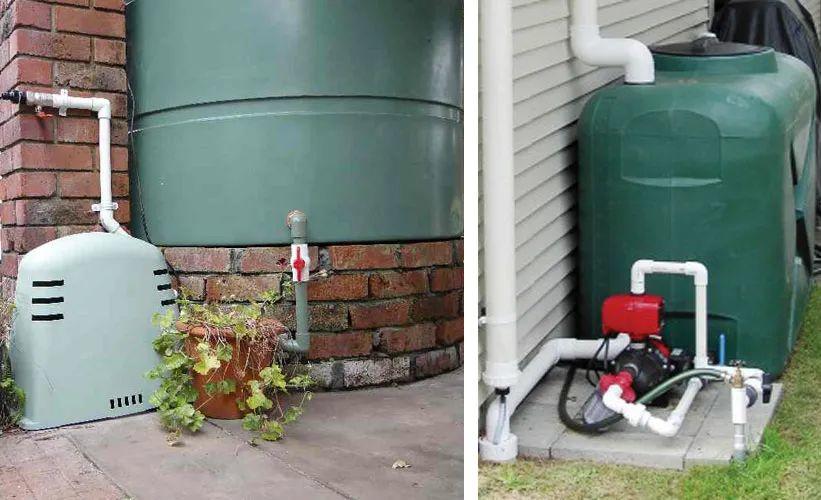
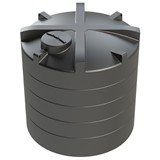

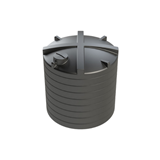

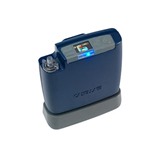
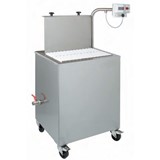
-160x160-state_article-rel-cat.png)

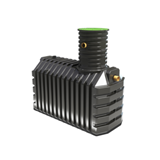
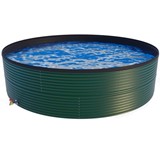

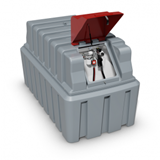
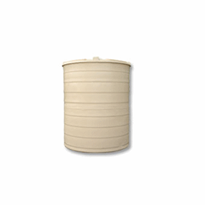

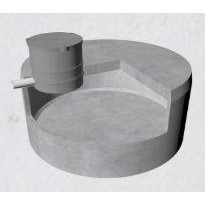
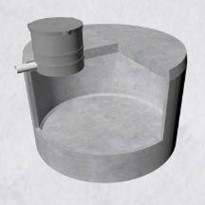
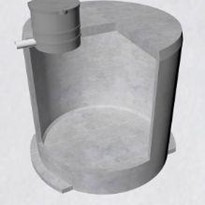

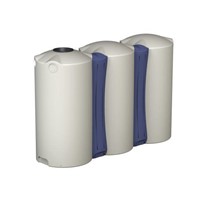
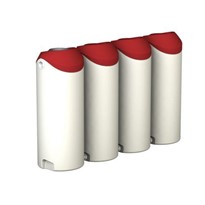

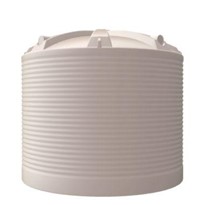









-205x205.jpg)
